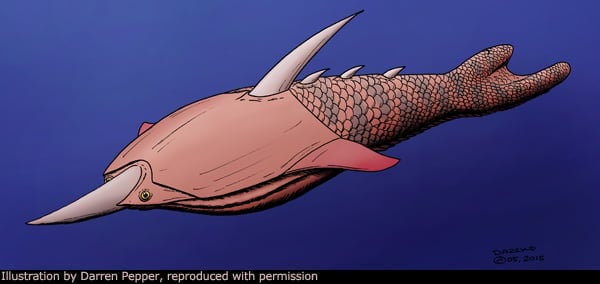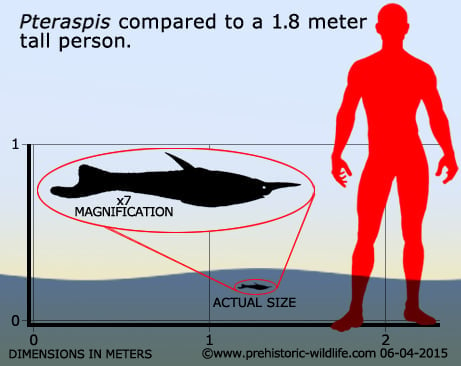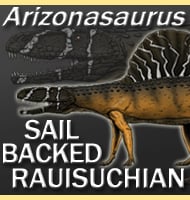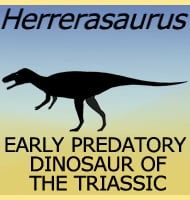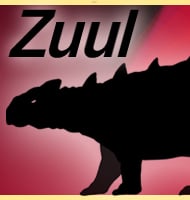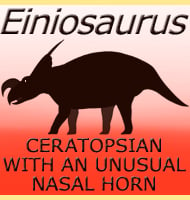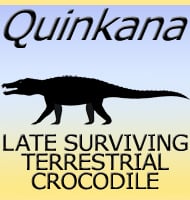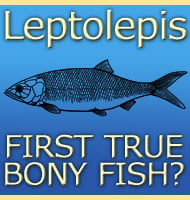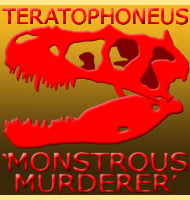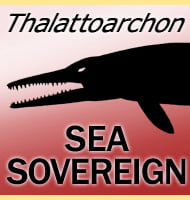In Depth
Pteraspis gets its name from the growths on the sides of its main body ‘shield’. These served acted as hydrofoils, the job usually done by the pectoral fins which are absent in Pteraspis. The lower lobe of the tail is also larger than the upper which would provide upwards lift. The spine that rose up from the back of the shield would have served the purpose of a dorsal fin, as well as potentially providing some protection from predators. The hard rostrum that projects forward would have provided additional streamlining, but it is uncertain if this was the only purpose for its presence. These adaptations all point to a fish that probably swam upwards into open water rather than cruising around the bottom. The chosen food source of Pteraspis is thought to have been small open water vertebrates like shrimp.
Further Reading
– On Cephalaspis and Pteraspis – Quarterly Journal of The Geological Society 01/1858; 14:267-280. – T. H. Huxley – 1858. – On the occurrence of a fish (Pteraspis) in the lower Ludlow rock – Annals and Magazine of Natural History: Series 3 – vol 4 issue 19 – J.W. Salter F.G.S. – 1859. – The ostracoderm Pteraspis Kner and the relationships of the Agnathous vertebrate – Philosophical Transactions of the Royal Society of London. Series B, Biological Sciences, Vol. 225 (1935), Issue 527v – Errol I White – 1935. – The Functional Significance of the Hypocercal Tail in Pteraspis Rostrata. – The Journal of Experimental Biology 20. – K. A. Kermack – 1941. – Pteraspis leathensis White, a Dittonian zone-fossil – Bulletin of The British Museum (Natural History) Geology vol 1 p69-89 – E. I. White – 1950. – Notes on Pteraspis mitchelli and its associated fauna. – Transactions of the Edinburgh Geological Society, v. 19:306-322 – E. L. White – 1963.
